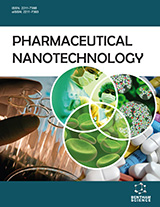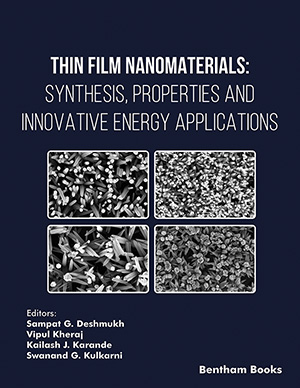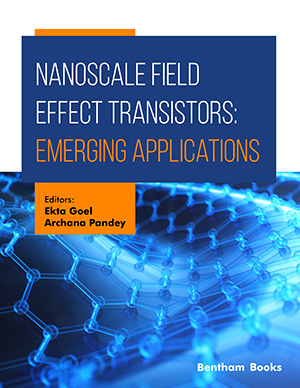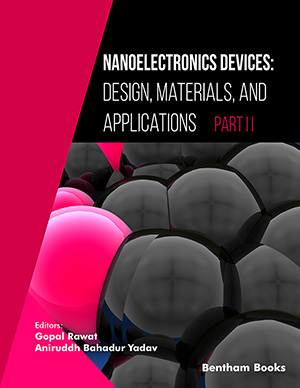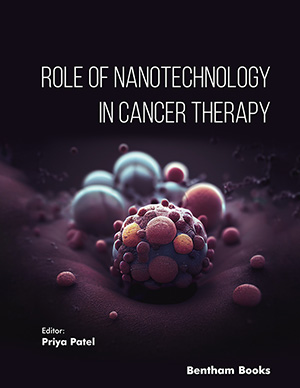
Abstract
The design and application of bionanotechnologies aimed at the central nervous system (CNS) provide powerful new approaches for studying cell and molecular biology and physiology. Emerging clinically oriented bionanotechnologies are targeting CNS pathologies such as trauma or degenerative events. The successful and meaningful development of bionanotechnologies designed to interact with the CNS as research or clinical tools require an understanding of the relevant neurophysiology and neuropathology, an appreciation of the inherent nanoscale structure of the CNS, and an understanding of the relevant chemistry and materials science and engineering. This review gives an introduction to the structure and organization of the CNS starting at the organ level and working down in spatial scale to the cellular and molecular levels, with specific examples of biological nanoengineering in neural cells. This is followed by a discussion of some of the unique challenges and obstacles associated with developing bionanotechnologies aimed at the CNS, and a discussion of emerging nanotechnologies for neuroscience applications.
Keywords: neuroscience, nervous system, nanotechnology, nanoengineering, neurobiology, molecular biology
Current Nanoscience
Title: Small Neuroscience: The Nanostructure of the Central Nervous System and Emerging Nanotechnology Applications
Volume: 1 Issue: 3
Author(s): Gabriel A. Silva
Affiliation:
Keywords: neuroscience, nervous system, nanotechnology, nanoengineering, neurobiology, molecular biology
Abstract: The design and application of bionanotechnologies aimed at the central nervous system (CNS) provide powerful new approaches for studying cell and molecular biology and physiology. Emerging clinically oriented bionanotechnologies are targeting CNS pathologies such as trauma or degenerative events. The successful and meaningful development of bionanotechnologies designed to interact with the CNS as research or clinical tools require an understanding of the relevant neurophysiology and neuropathology, an appreciation of the inherent nanoscale structure of the CNS, and an understanding of the relevant chemistry and materials science and engineering. This review gives an introduction to the structure and organization of the CNS starting at the organ level and working down in spatial scale to the cellular and molecular levels, with specific examples of biological nanoengineering in neural cells. This is followed by a discussion of some of the unique challenges and obstacles associated with developing bionanotechnologies aimed at the CNS, and a discussion of emerging nanotechnologies for neuroscience applications.
Export Options
About this article
Cite this article as:
Silva A. Gabriel, Small Neuroscience: The Nanostructure of the Central Nervous System and Emerging Nanotechnology Applications, Current Nanoscience 2005; 1 (3) . https://dx.doi.org/10.2174/157341305774642975
| DOI https://dx.doi.org/10.2174/157341305774642975 |
Print ISSN 1573-4137 |
| Publisher Name Bentham Science Publisher |
Online ISSN 1875-6786 |
Call for Papers in Thematic Issues
Advanced Inorganic Nanocomposites and their Emerging Applications
This special issue will highlight developments in the recent trends in the synthesis of metal oxides, nanoclusters, biomaterials, 2D nanomaterials, nanocrystals, nanocomposites, etc., and their applications in electrochemical systems, tissue regeneration, energy storage and harvesting, sensors, etc. The novelty of the methods in the chemical synthesis, as well as their ...read more
Advanced Nanotechnology in Forensic Science: Revolutionizing Fingerprint Identification and Crime Scene Analysis
This special issue aims to provide a comprehensive exploration of the innovative fusion between nanotechnology and forensic science. It aspires to bridge the gap between traditional investigative techniques and cutting-edge nanoscale applications, envisioning a paradigm shift in forensic analysis. By compiling the expertise of multidisciplinary experts, the book's objectives include ...read more
Graphene and 2D Materials for Energy Storage and Conversion.
This thematic issue will discuss the recent advances in graphene-based nanomaterials for different energy technologies. Graphene possesses a high surface area, and stable structure and exhibits many interesting electronic, optical, and mechanical properties due to its 2D crystal structure. Graphene is of both fundamental interest and suitable for a wide ...read more
Nanopathology; A Promising Approach for Targeted Cancer Treatment
Cancer is the most challenging diseases in treatment worldwide. Recently, the nanotechnology opened the gate for targeting the cancer as a promising therapy. The small size and exceptional properties of nanoparticles give it several advantages for easily targeting of cancerous cells. Furthermore, this advantage allows them to easily penetrate deeply ...read more
Related Journals
 12
12
- Author Guidelines
- Graphical Abstracts
- Fabricating and Stating False Information
- Research Misconduct
- Post Publication Discussions and Corrections
- Publishing Ethics and Rectitude
- Increase Visibility of Your Article
- Archiving Policies
- Peer Review Workflow
- Order Your Article Before Print
- Promote Your Article
- Manuscript Transfer Facility
- Editorial Policies
- Allegations from Whistleblowers
Related Articles
-
Adenosine and ATP Receptors in the Brain
Current Topics in Medicinal Chemistry Myalgic Encephalomyelitis: Symptoms and Biomarkers
Current Neuropharmacology <i>In Silico</i> Studies for Bacterystic Evaluation against <i>Staphylococcus aureus</i> of 2-Naphthoic Acid Analogues
Current Topics in Medicinal Chemistry Efficacy and Safety Study of Fixed-Dose Combination of Ceftriaxone- Vancomycin Injection in Patients with Various Infections
Current Drug Safety In Vitro and In Vivo Modeling of Tuberculosis Drugs and its Impact on Optimization of Doses and Regimens
Current Pharmaceutical Design Conventional (Continuous) EEG Monitoring in the NICU
Current Pediatric Reviews New Vaccines and Delivery Strategies for Adult Immunization
Current Immunology Reviews (Discontinued) Immunotherapy in Invasive Fungal Infection - Focus on Invasive Aspergillosis
Current Pharmaceutical Design Vaccines for Patients with COPD
Recent Patents on Inflammation & Allergy Drug Discovery In Vitro Blood-Brain Barrier Models – Latest Advances and Therapeutic Applications in a Chronological Perspective
Mini-Reviews in Medicinal Chemistry Drug-Drug Interactions of Triazole Antifungal Agents in Multimorbid Patients and Implications for Patient Care
Current Drug Metabolism The Medical Potential of Antimicrobial Peptides from Insects
Current Topics in Medicinal Chemistry Novel Agents in the Management of Lung Cancer
Current Medicinal Chemistry Towards Retinoid Therapy for Alzheimers Disease
Current Alzheimer Research Currently Used Biologic Agents in the Management of Behcet’s Syndrome
Current Medicinal Chemistry Therapeutic Approaches to the Challenge of Neuronal Ceroid Lipofuscinoses
Current Pharmaceutical Biotechnology Emerging Treatments in Acute Lymphoblastic Leukemia
Current Cancer Drug Targets Evolution of Molecular Targets in Melanoma Treatment
Current Pharmaceutical Design Actinium-225 in Targeted Alpha-Particle Therapeutic Applications
Current Radiopharmaceuticals Fluorinated Molecules as Drugs and Imaging Agents in the CNS
Current Topics in Medicinal Chemistry







